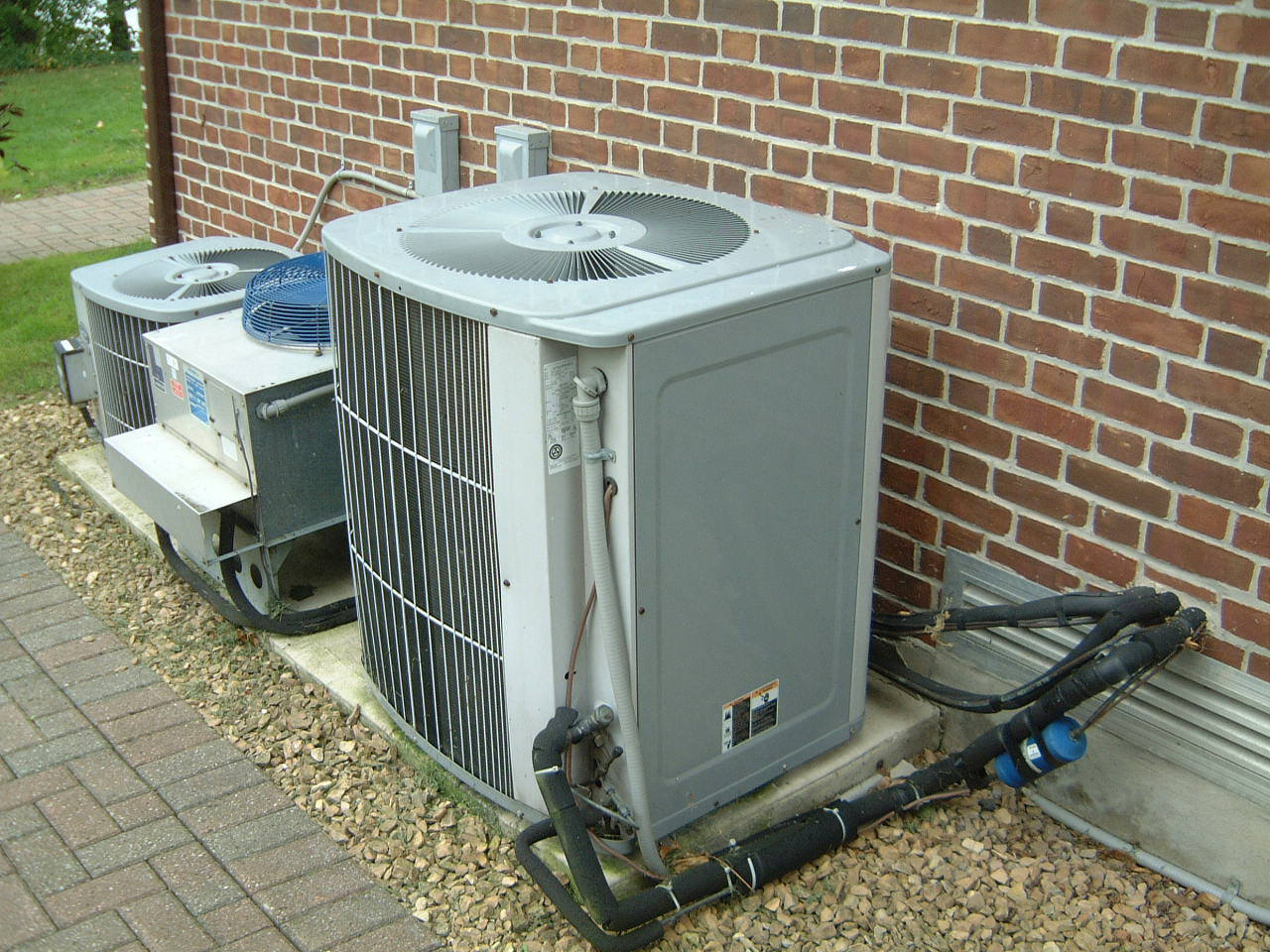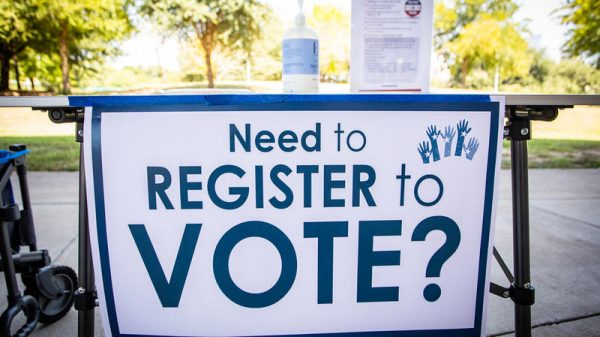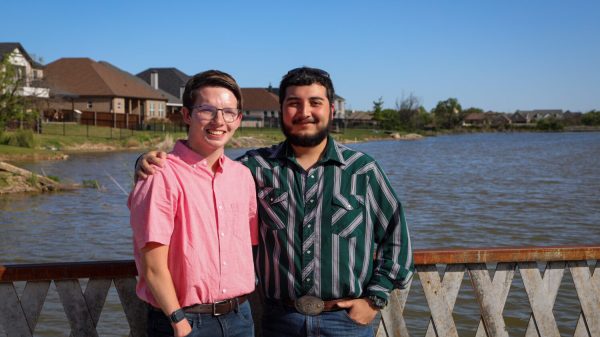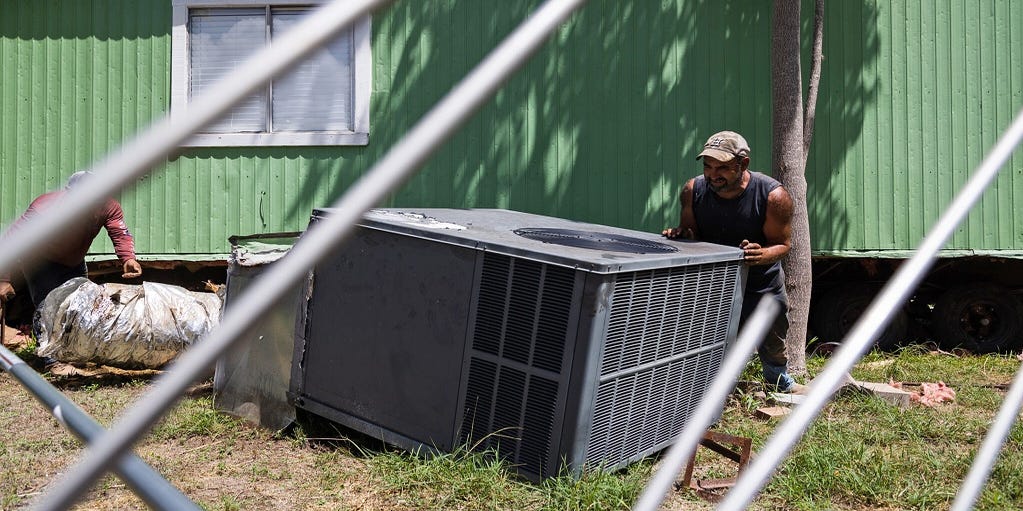In San Elizario, Texas where intense summer heat and high poverty levels highlight flaws in the outdated Low Income Home Energy Assistance Program (LIHEAP).
Texas Heat Wave Exposes Flaw in Federal Energy Assistance Program
In San Elizario, Texas where nearly 30% of residents live in poverty and the intense summer heat is creating severe problems. Olivia Figueroa from AYUDA Inc. notes that they receive many requests for help with high electric bills but lack the funds to assist everyone. The Low Income Home Energy Assistance Program (LIHEAP) is outdated for hot climates like Texas as it was originally designed for colder regions.
LIHEAP’s formula established during the 1970s and 1980s energy crises focuses more on heating than cooling. A Georgetown University study shows that LIHEAP covers just 7.6% of energy costs in Texas compared to 23% in colder states like Minnesota. This issue is exacerbated by a funding cut from $6.1 billion in 2023 to $4 billion in 2024 despite rising temperatures and demand.
READ ALSO: Data Breach Alert: CorrectCare Integrated Health Settlement – Don’t Miss Out!

(photo: Houston Public Media)
How Redistributing LIHEAP Funds Can Mitigate the Heat Crisis for Low-Income Families
The limited funding means LIHEAP can only help a small number of people. Advocates call for a new formula to address extreme heat and increase cooling support. Researchers suggest redistributing funds more fairly, but without new policies and additional funding many low-income families in hot areas will continue to struggle with high temperatures and energy costs, according to the report of El Paso Times.
READ ALSO: Government Funding: A Congressional Crisis Looms – Can It Impact The 2024 Election?




![Tyson Foods Plant [Photo: Food Manufacturing]](https://southarkansassun.com/wp-content/uploads/2023/08/iStock_1185520857__1_.5e441daa51cca-600x337.jpg)








![Silverado Senior Living Management Inc. [Photo: Los Angeles Times]](https://southarkansassun.com/wp-content/uploads/2023/10/download-6-4-600x337.jpg)

![China's Wuhan Institute of Virology [Photo: Nature]](https://southarkansassun.com/wp-content/uploads/2023/09/d41586-021-01529-3_19239608-600x337.jpg)















